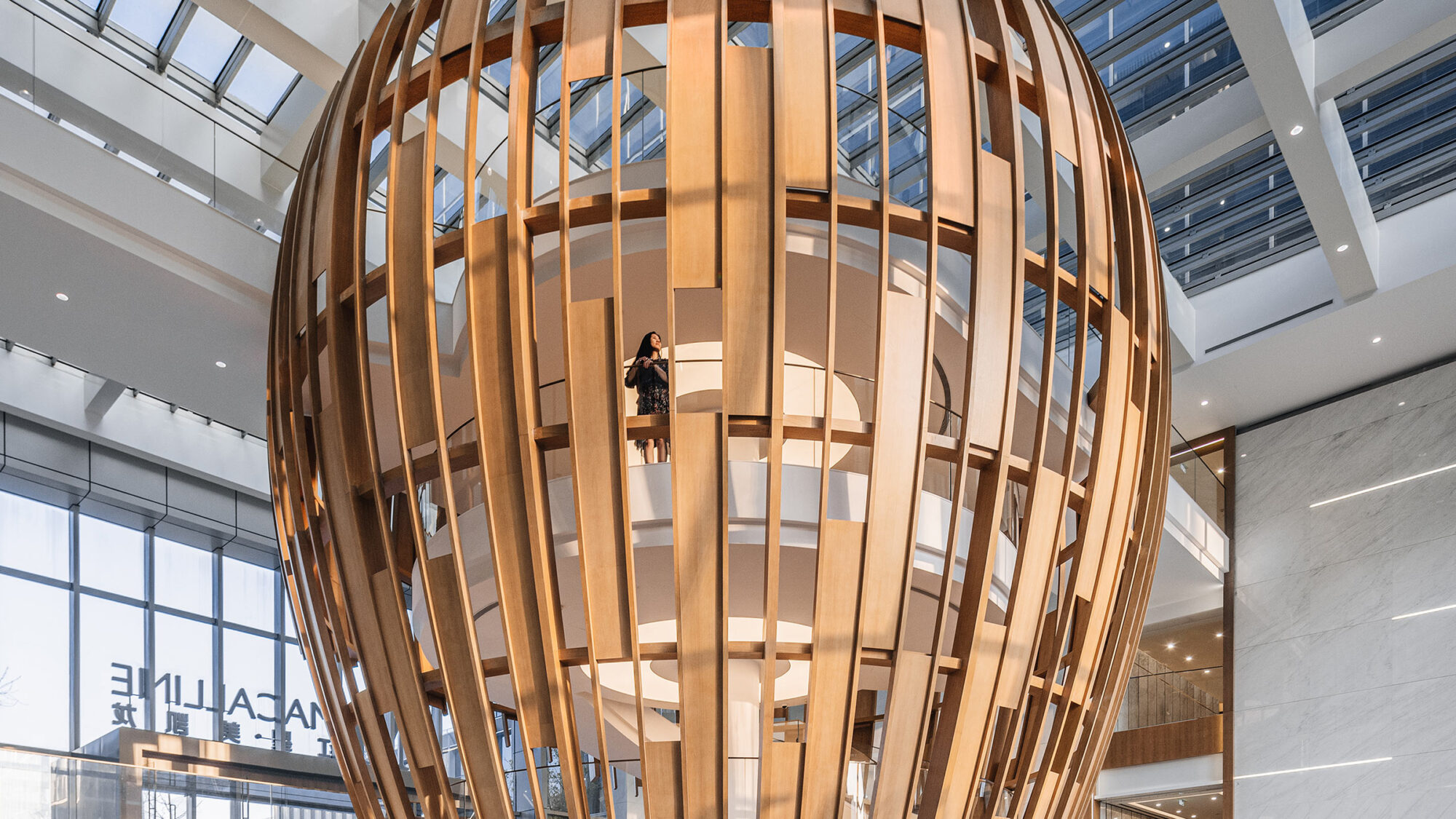

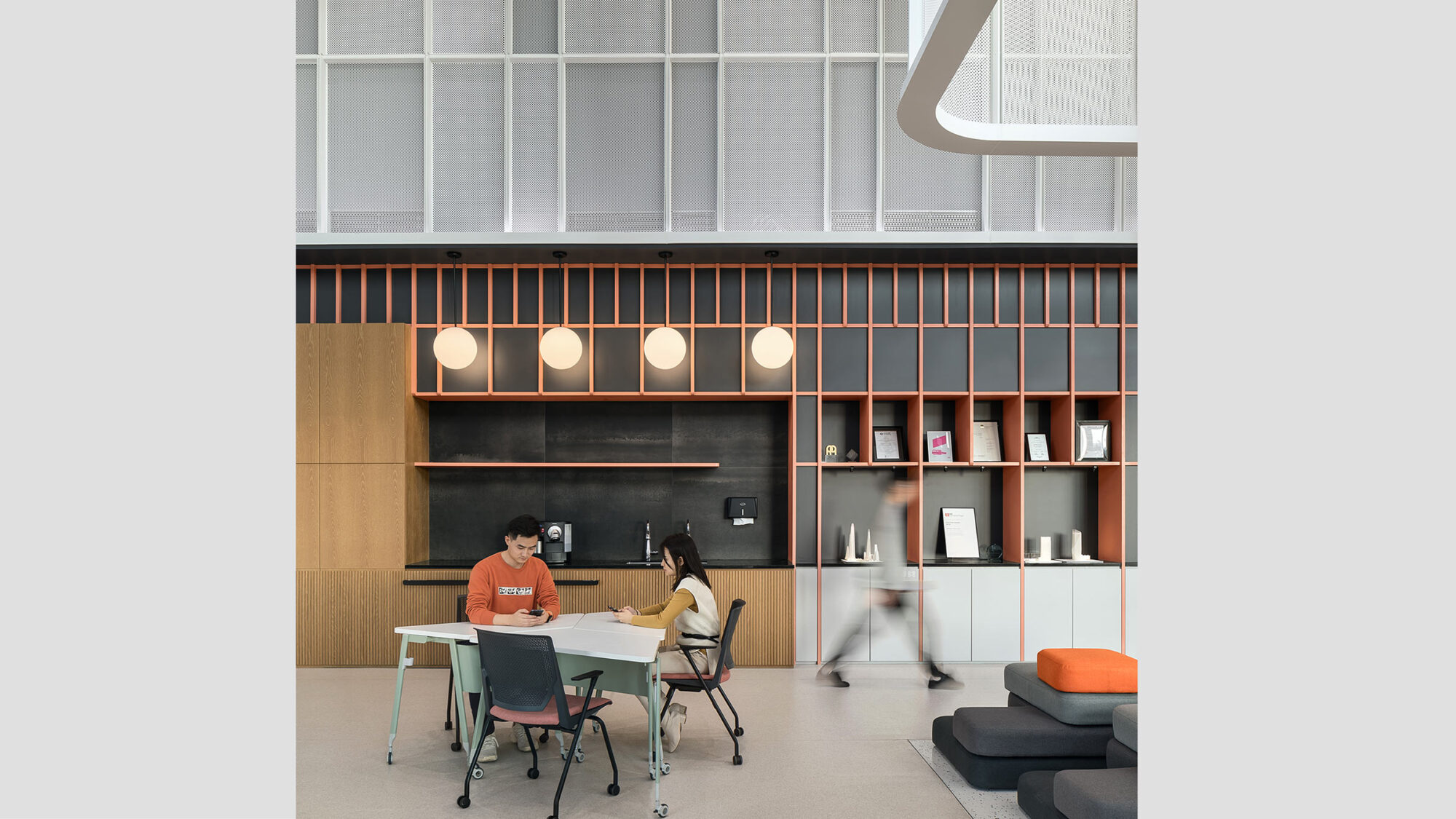
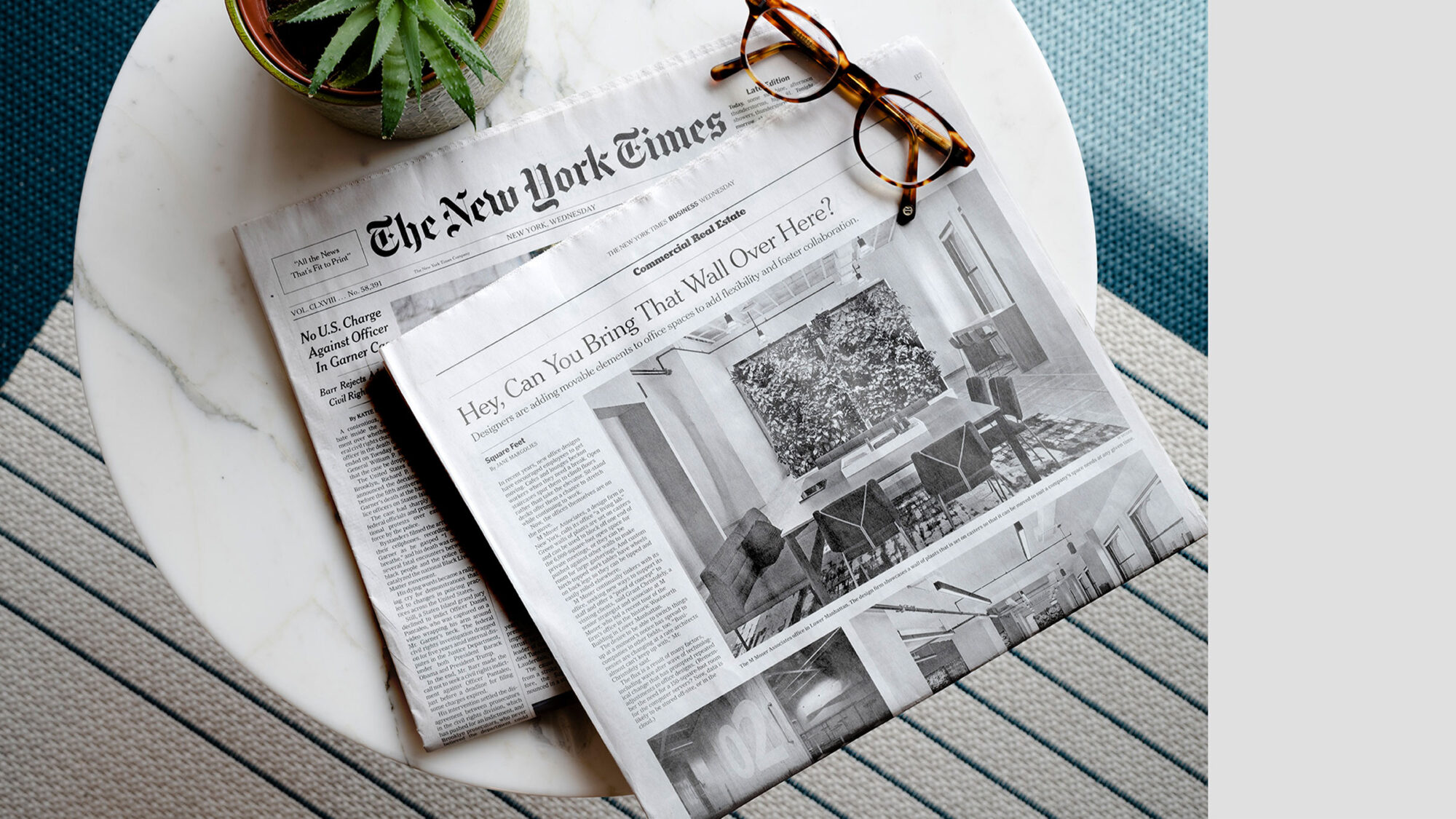
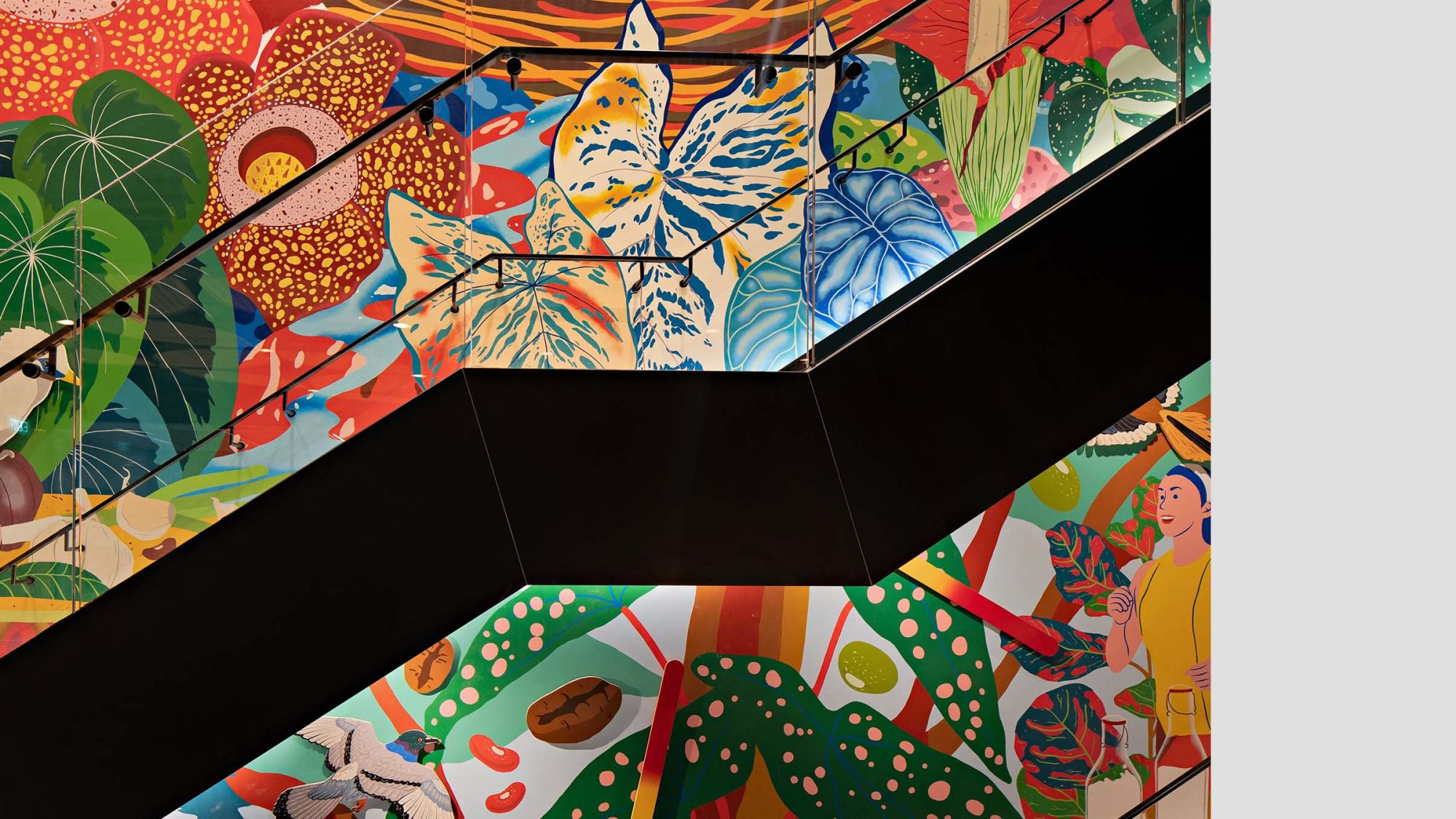
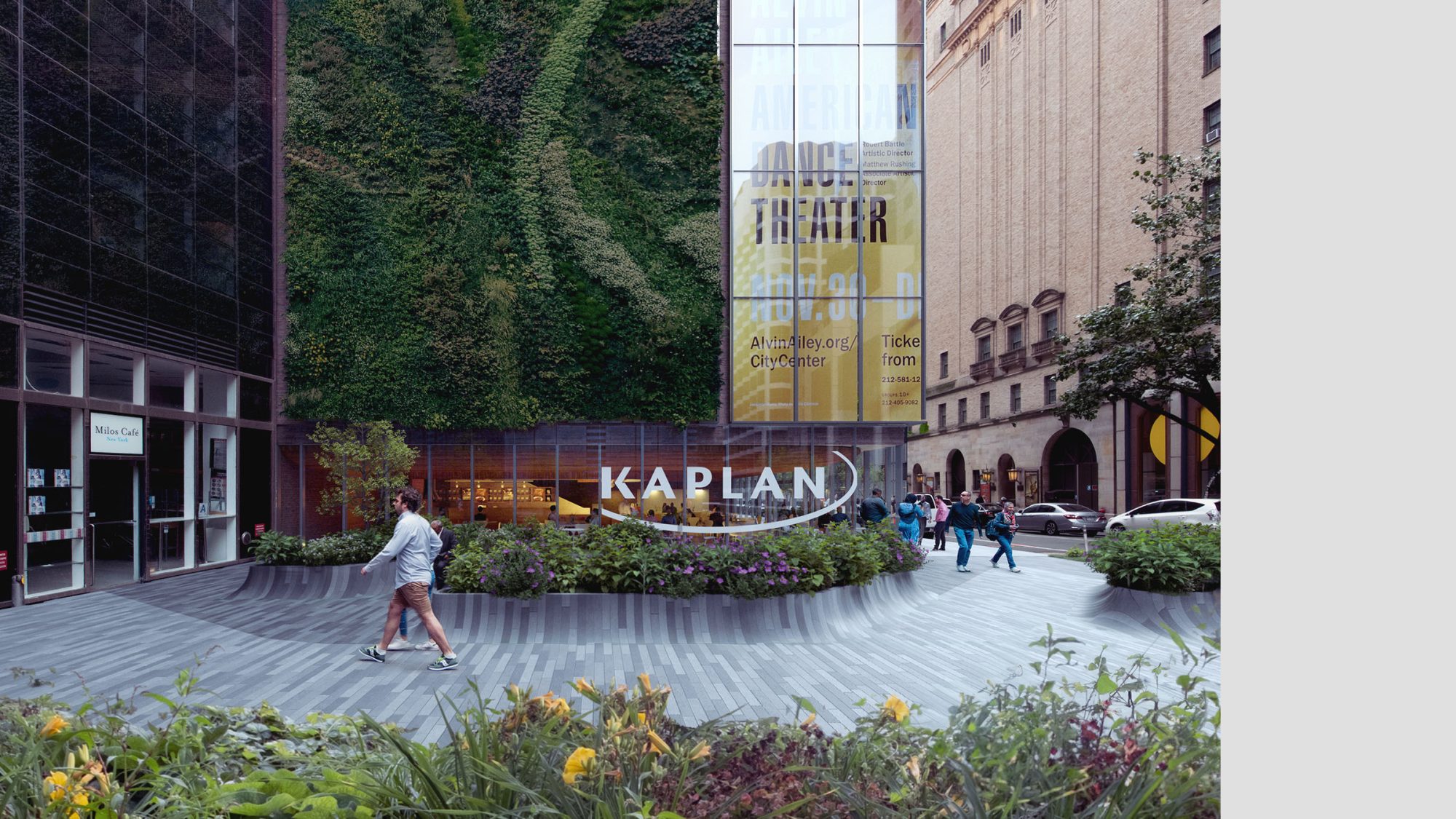
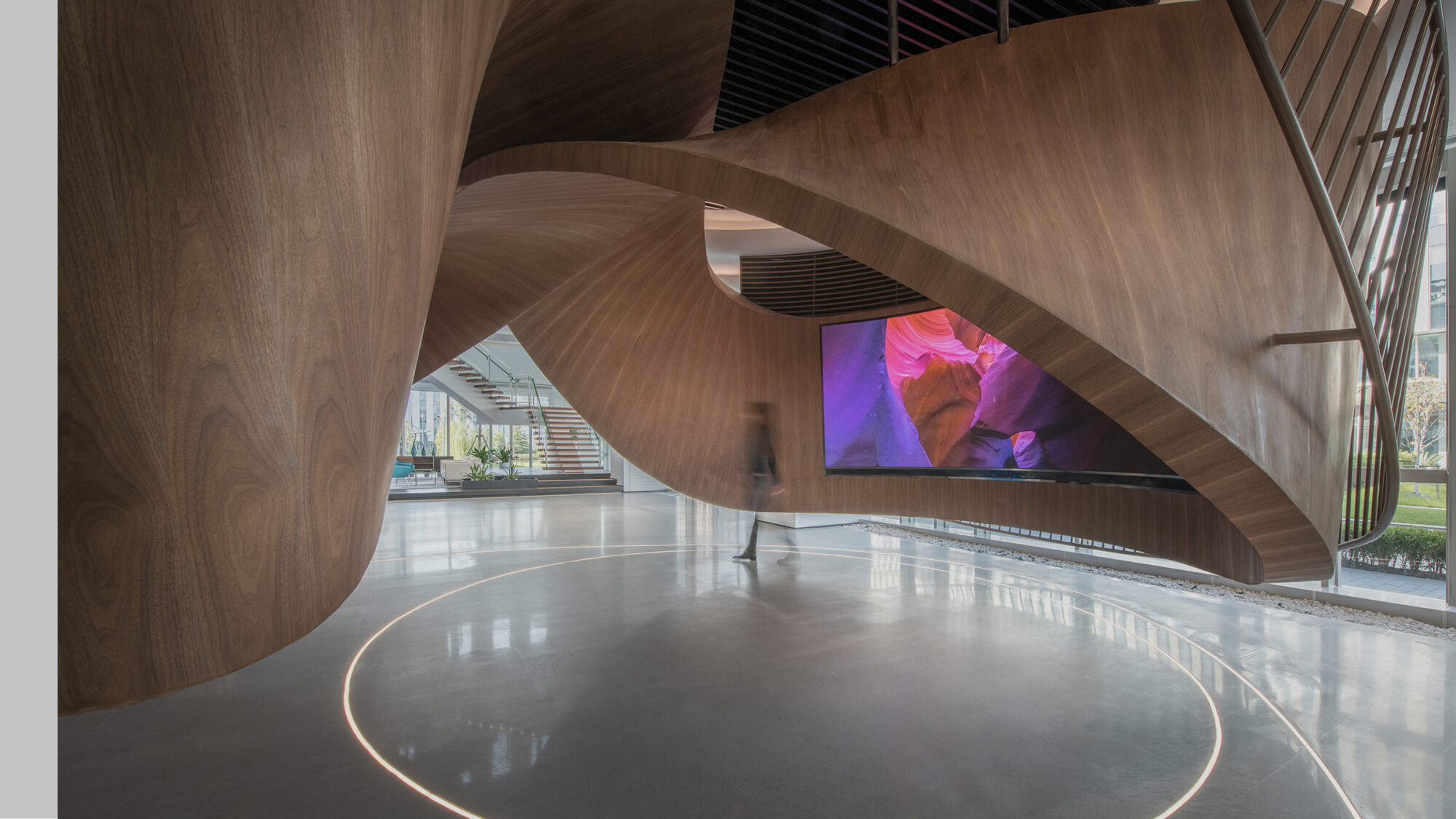
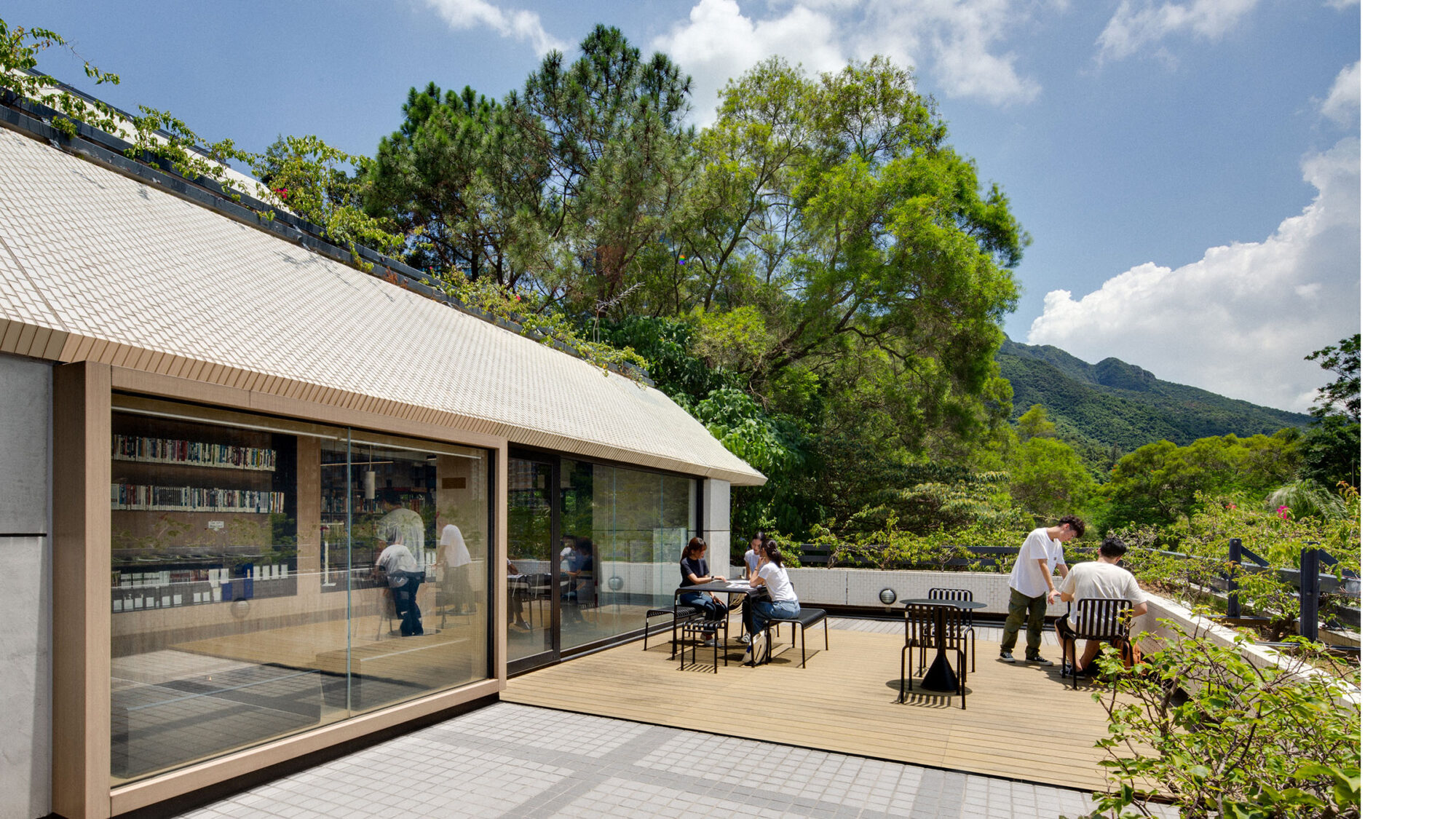
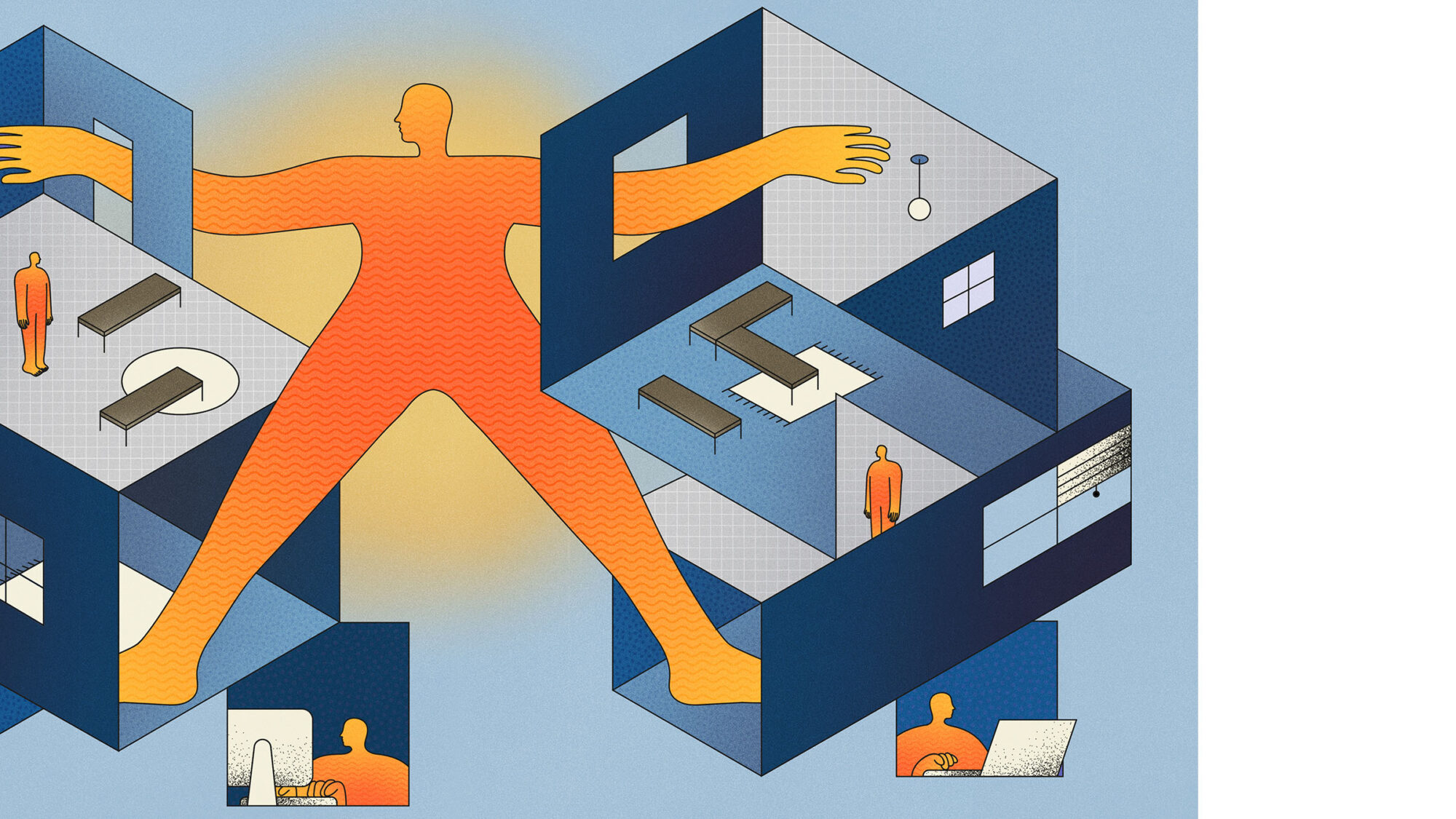
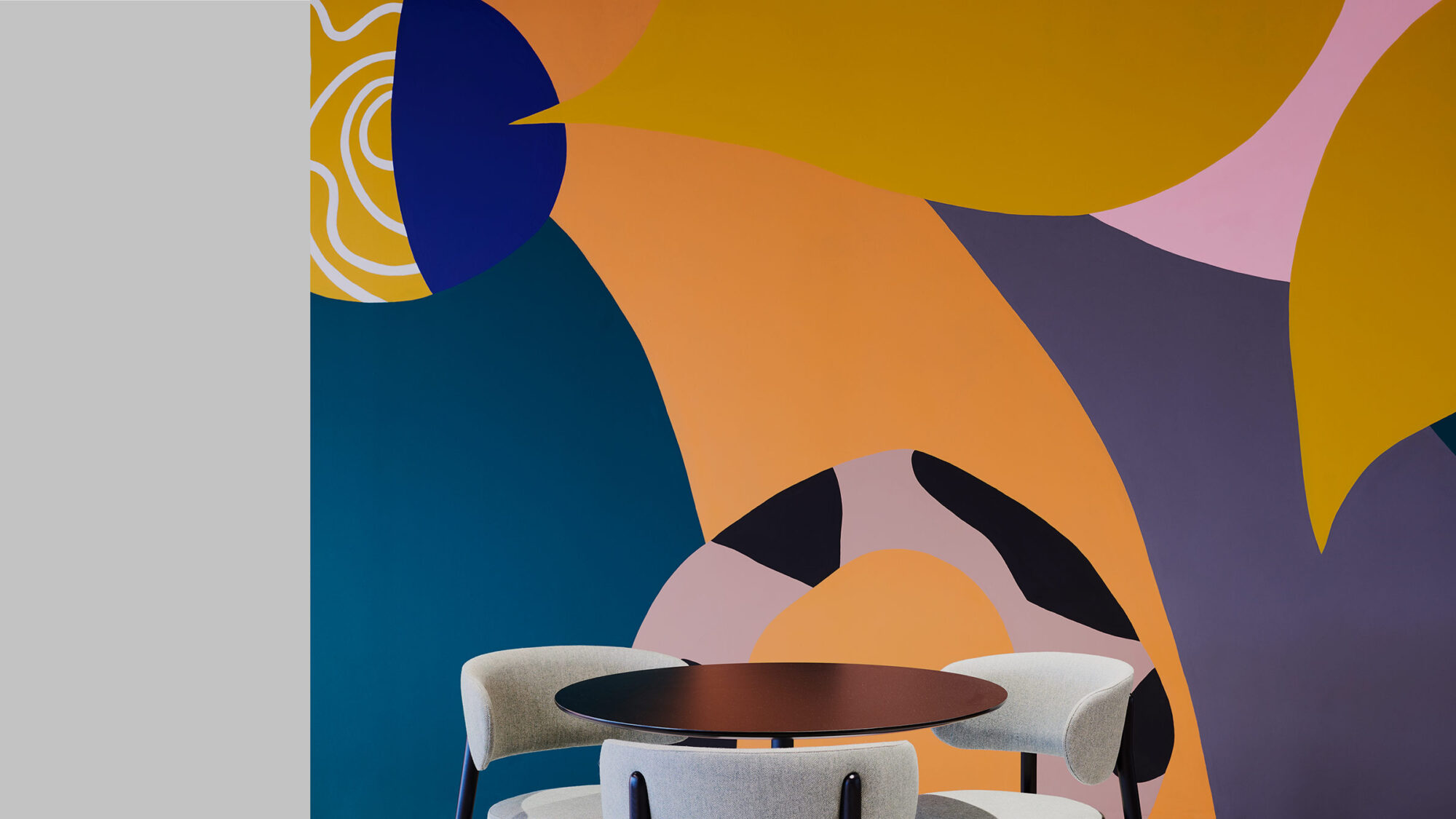
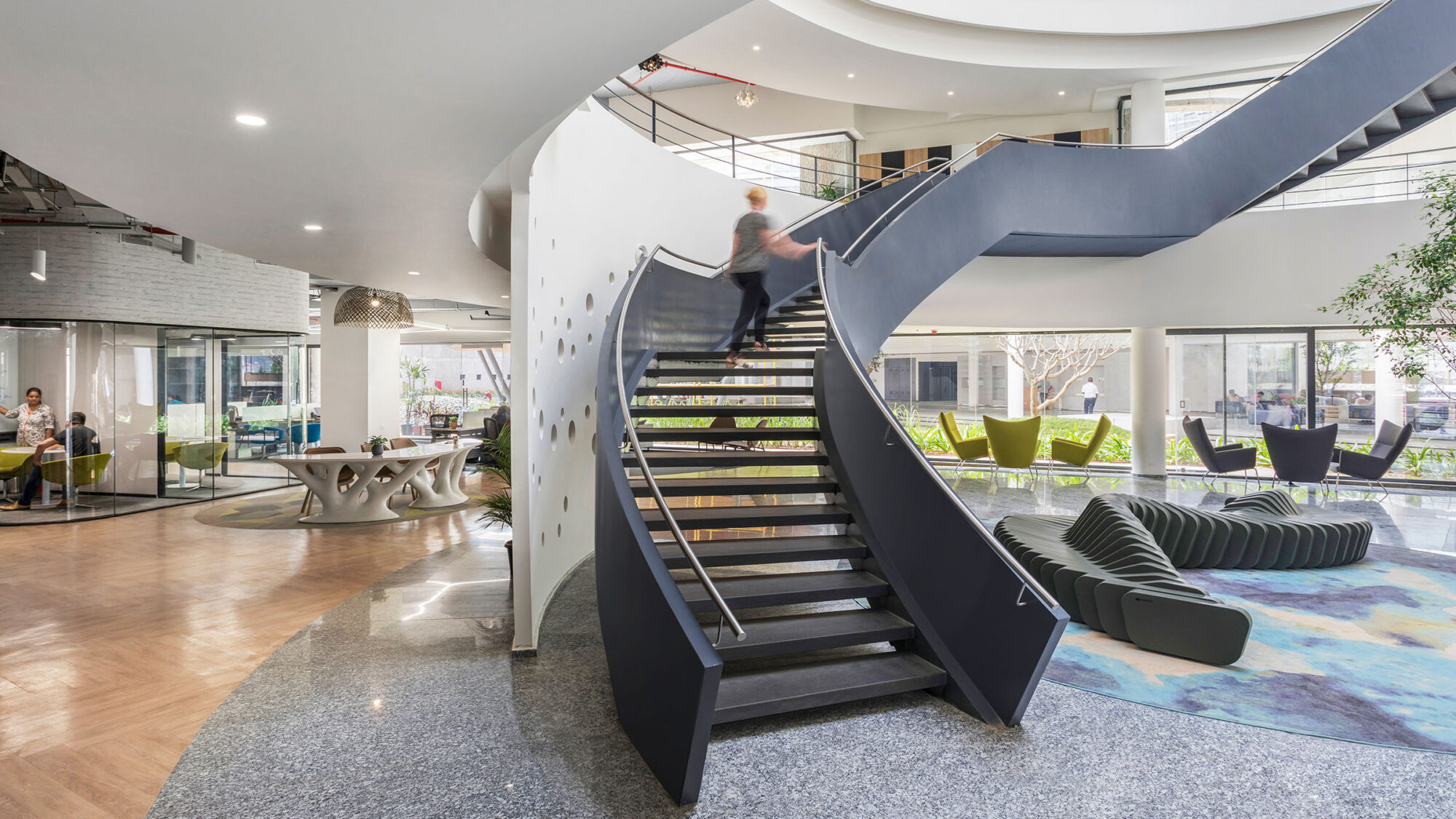
From brand awareness, to talent attraction and community engagement, how can we create mutually beneficial work environments for the larger community? Jason Chiang shares more.
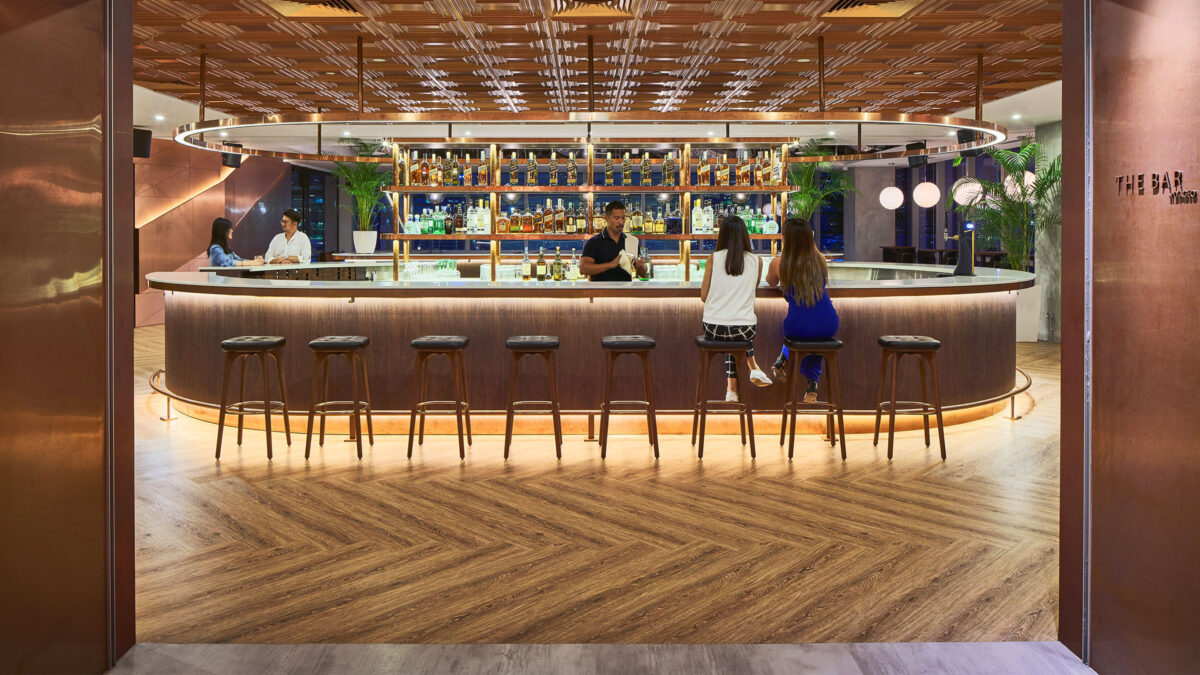
Gone are the days when signing a Grade A office lease meant winning half the workplace battle. Today, the nature of the workplace has shifted dramatically – it’s not just a place where people go to work, but a brand showcase space, a social hub for engagement with colleagues, organisations and communities.
So how can businesses create work environments that provide benefit to all? Here are six modes of thinking to help enable a symbiotic relationship between business, staff, visitors and real estate.
Every business has a unique brand DNA. Workplace design has the opportunity to create memorable experiences, highlighting brand culture and values. These brand-enriched work environments can serve as valuable tools to help companies stand out from the crowd.
By embracing a brand-driven workplace journey, the office becomes a meaningful destination for both partners and customers. Simultaneously, the company gains more leverage in leasing negotiations by bringing more exposure to the real estate.

Although the time people spend in a specific space is limited, their experience can leave a lasting memory. By crafting a carefully considered look-and-feel, the space can leave a lasting impression on users. An impression that imprints positive brand association and emotional recognition.
Transcending time and space, these memories contribute to a longstanding emotional connection between brand and users of a space.

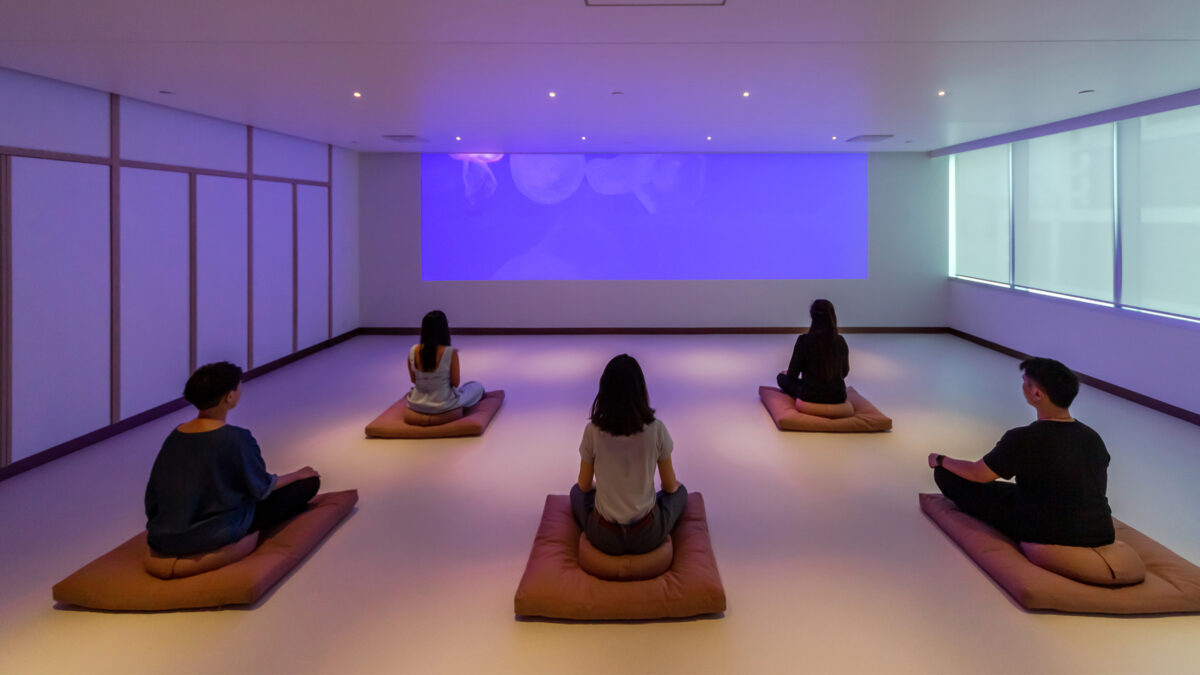
Technology has advanced to become vital to infrastructure. Utilised well, it can boost individual efficiency and empowers users with greater choice, motivating exploration and experimentation.
As workplace technology continues to develop rapidly, matured solutions have started to surface. This includes workstation and conference room booking systems. Integrated into the digital workplace journey, they enable employees to gain control over various touchpoints in the workplace, inspiring a stronger sense of ownership and enthusiasm at work.
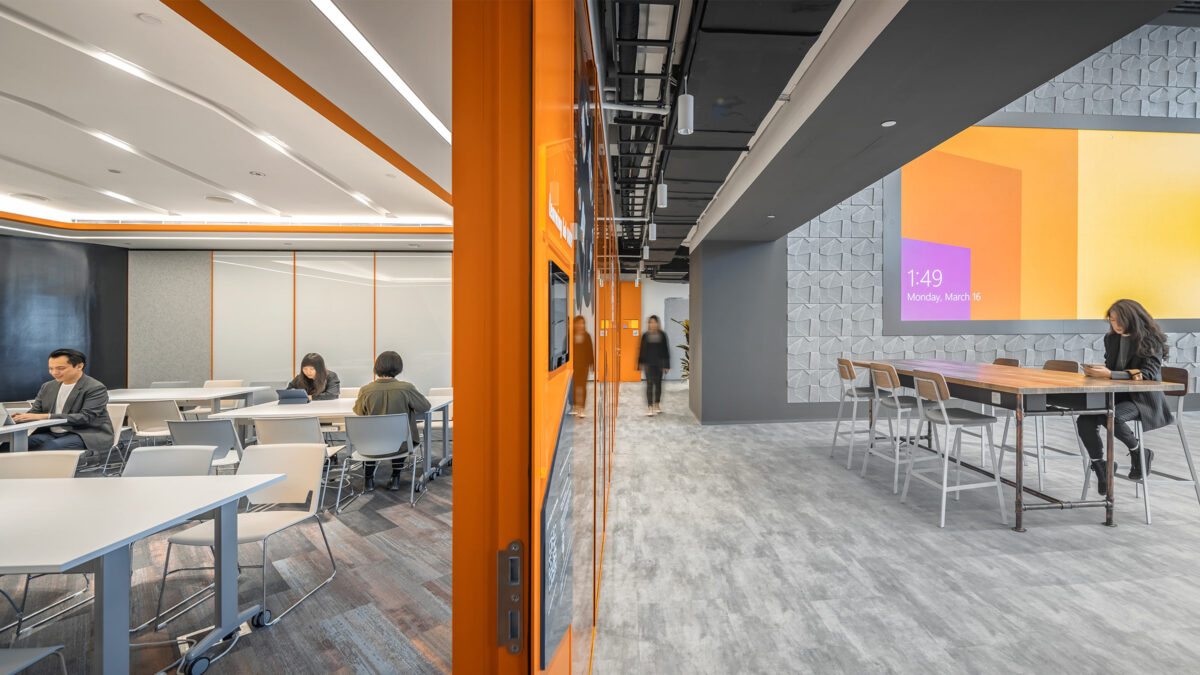
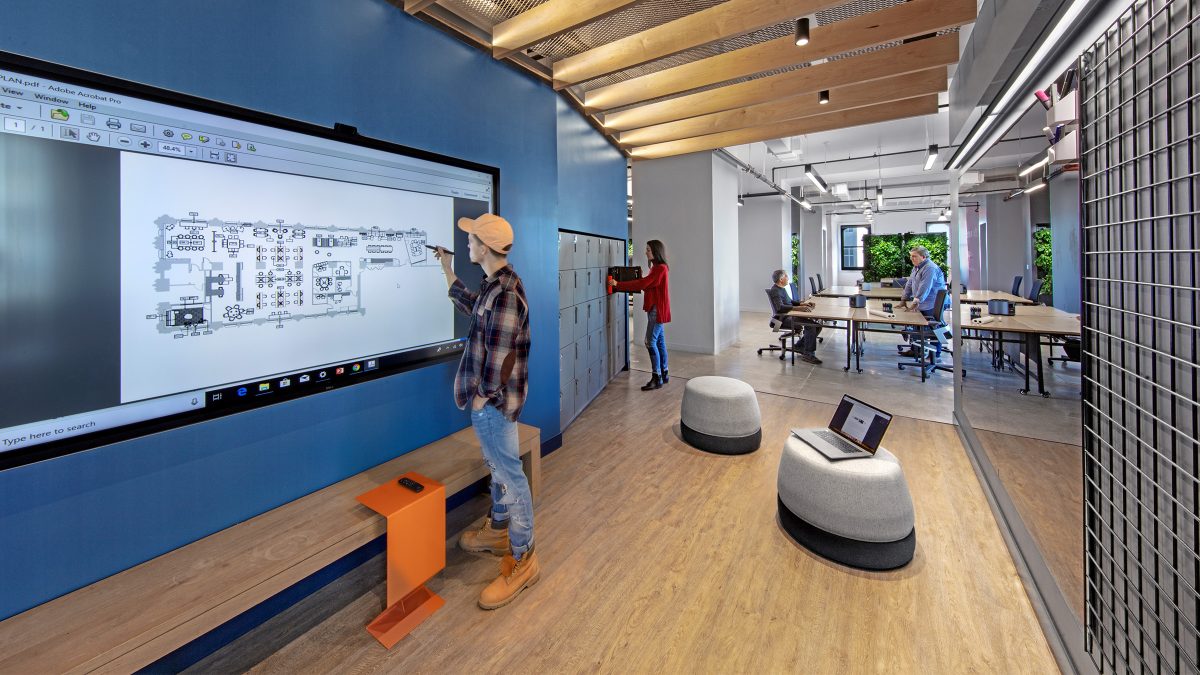
The competition for talent is becoming increasingly fierce, as industry transformation alters the demand and supply of the job market. For example, traditional finance companies are looking to expand into fintech, and tech companies into finance.
Consequently, designers must consider industry differences and diverse user needs. They must work hand in hand with businesses to analyse the desired workplace behaviours. The solution needs to be inclusive and aligned with the unique business needs.

For many organisations, it is a constant challenge to maintain employee understanding of corporate culture and values. An embodiment of a company’s culture and values, the workplace needs to address this challenge. This might include planning flexible and connected flows to enhance connectivity, promoting exchange and mutual understanding.
For example, multi-floor office spaces can leverage interior stairs to encourage closer connection. The stairs pathway not only enhance chance encounters in a physical level, but also have symbolic meanings to culture and values.
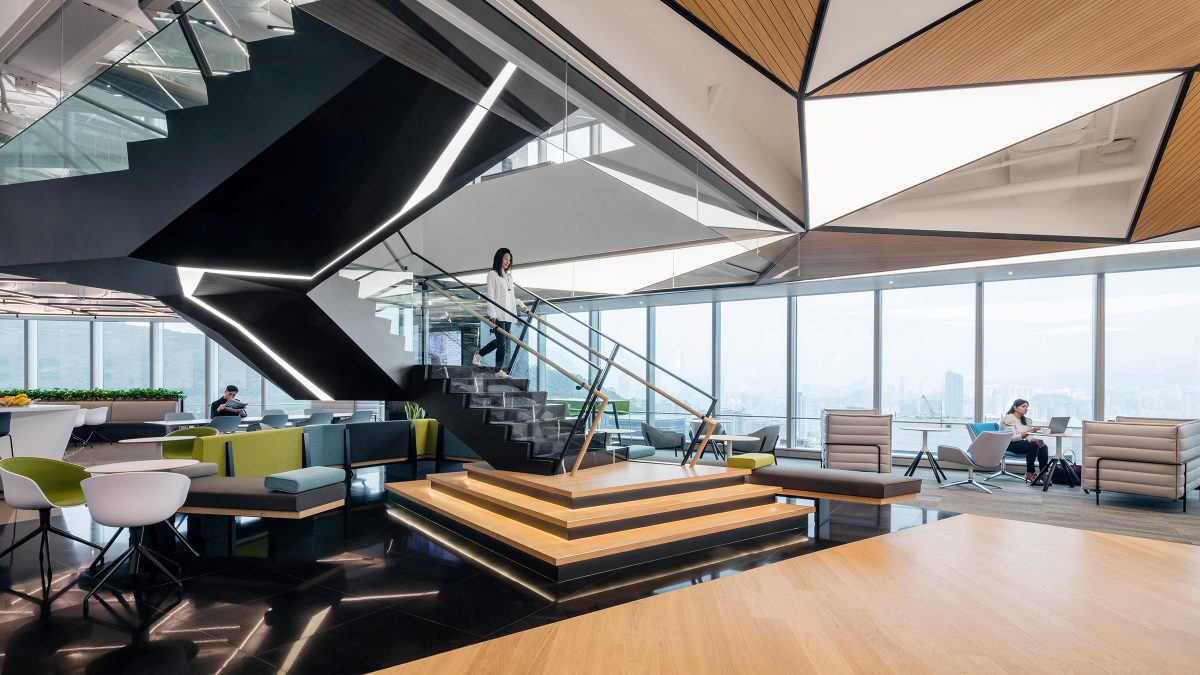
In today’s increasingly complicated business environment, the relationship between institutions is becoming ever more intricate. Genuine, sustainable success depends on the effectiveness of long-term collaboration. It is important to cultivate relationships to bring communities together.
Through holistic design thinking, the workplace can become a bridge connecting people and institutions with the broader community to drive shared success.
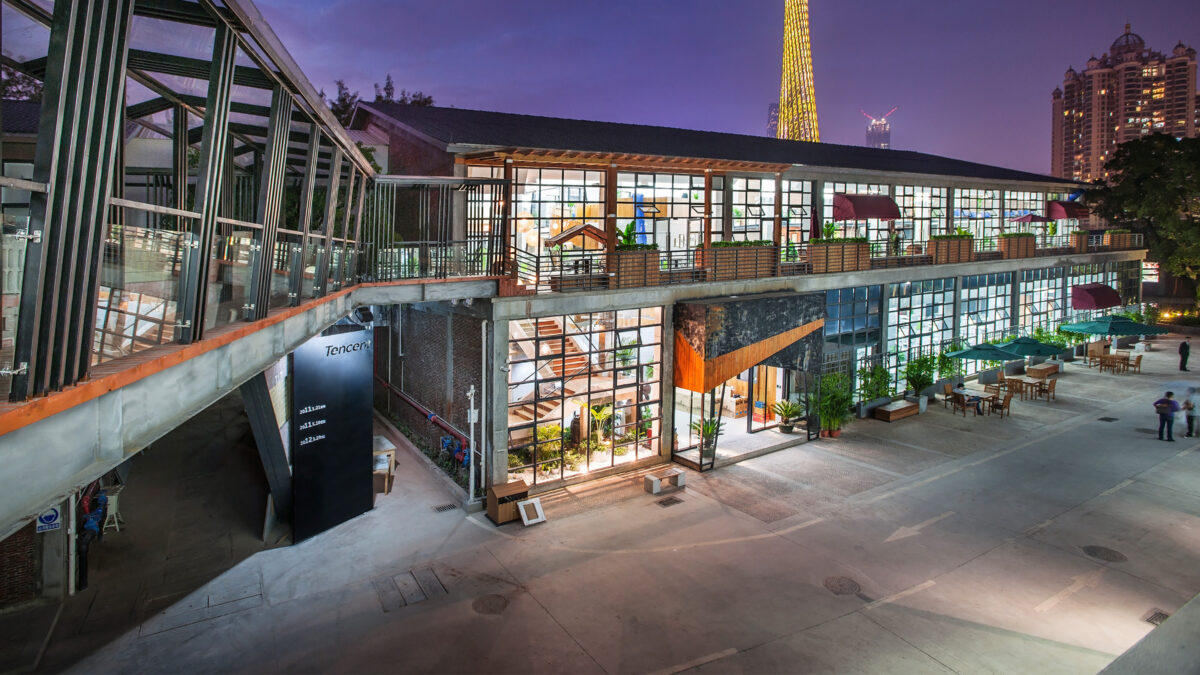
By integrating branding, talent attraction, technological empowerment, connectivity, experience, and community creation into office design, companies can achieve and sustain business success.
This piece is adapted from Associate Director – Workplace Strategy, Jason Chiang’s speech at the Workplace Forum for Commercial Real Estate in Shenzhen. Click to read more.